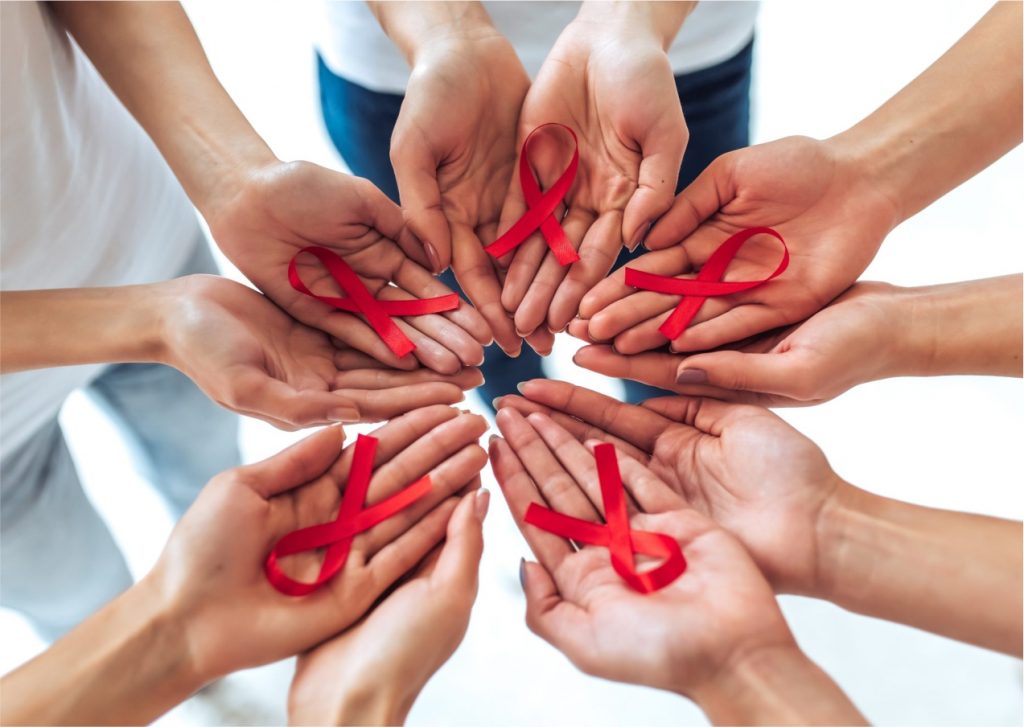
-
SDC Consult > Short Courses > HIV and AIDS Awareness
HIV and AIDS Awareness
Certification:
Received upon successful completion of the course.


HIV and AIDS Awareness
HIV (Human Immunodeficiency Virus) and AIDS (Acquired Immunodeficiency Syndrome) awareness refers to efforts aimed at educating individuals and communities about HIV and AIDS, raising awareness of the risks, prevention methods, treatment options, and reducing the stigma associated with these conditions.
Awareness about HIV and AIDS is crucial for preventing new infections, improving the quality of life for those affected, and ultimately working toward the goal of ending the HIV/AIDS epidemic. Education, destigmatization, and access to testing and treatment are key components of these awareness efforts.
HIV and Aids Awareness in the workplace according to the Health and Safety Act:
HIV (Human Immunodeficiency Virus) and AIDS (Acquired Immunodeficiency Syndrome) awareness and prevention are important components of workplace health and safety, and they are typically addressed in accordance with relevant laws and regulations. In many countries, including the United States, there are specific regulations and guidelines that require employers to implement HIV and AIDS awareness and prevention programs to protect the health and safety of employees.
It’s important to note that specific regulations and requirements may vary by country and jurisdiction, so it’s essential for employers to consult with legal and healthcare professionals to ensure compliance with local laws and to develop appropriate workplace policies and programs related to HIV and AIDS awareness and prevention. Additionally, fostering a workplace culture that is inclusive, supportive, and non-discriminatory is essential for promoting the health and safety of all employees.

Course Index
- HIV and AIDS and its effects on the human immune system
- How HIV and AIDS is transmitted
- Seek and risk behaviour related to HIV transmission
- Supporting workers with HIV and AIDS
- Code of good practice on key aspects of HIV and AIDS and employment
- The implications of the HIV and AIDS pandemic
What can be learned.
Understanding HIV and AIDS:
Awareness campaigns provide information about what HIV and AIDS are. HIV is a virus that attacks the immune system, and AIDS is the final stage of HIV infection when the immune system is severely damaged.
Modes of Transmission:
Educating people about how HIV is transmitted is crucial. It is primarily spread through unprotected sexual intercourse, sharing needles for drug use, from mother to child during childbirth or breastfeeding, and through blood transfusions or organ transplants with infected blood or tissues.
Prevention Methods:
HIV prevention strategies include practicing safe sex by using condoms, getting regular HIV testing, avoiding sharing needles, and taking pre-exposure prophylaxis (PrEP) for those at high risk.
Treatment and Care:
Awareness campaigns stress the importance of early diagnosis and access to antiretroviral therapy (ART) to manage HIV. Proper medical care can help people with HIV lead healthy lives.
Stigma Reduction:
Stigma and discrimination against people living with HIV/AIDS can be a significant barrier to testing, treatment, and support. Awareness efforts aim to reduce stigma by promoting empathy, understanding, and acceptance.
Testing and Counselling:
Promoting regular HIV testing is crucial for early diagnosis. Testing centers and clinics often provide counselling and support services to help individuals cope with their diagnosis.
Safe Practices:
Educating individuals on safe practices and harm reduction, particularly for those engaged in high-risk behaviours such as drug use, is essential to prevent the spread of HIV.
Support and Resources:
HIV and AIDS awareness campaigns often provide information about local support services, community organizations, and resources available to people living with HIV.
Global Efforts:
Awareness campaigns often highlight the global impact of HIV and AIDS, emphasizing the need for international cooperation, funding, and research to combat the epidemic.
Education in Schools:
Many countries incorporate HIV and AIDS education into school curricula to ensure that young people have access to accurate information about prevention and safe practices.
Available Platforms:
- Face-to-face at one of our training venues.
- Online via Microsoft Teams.
Check-in time is at 8:15, introduction starts at 08:30 to 09:00am
Course Includes:
Tea, coffee, cookies, 2 sweets, water, pen, manual and a light snack for lunch. The courses usually end around 13:00 depending on the size of the company as well as the number of questions during the course.
Break Times:
There will be a break at 10:30 that includes tea, coffee, and a muffin. The course will commence at 11:00 to 13:00.
